I've just started working on a PCB with BGA components (EPC GaN HEMT devices, plus BGA gate drives), and my attempts at assembly, have been quite frustrating.
I'm using a heat plate (set to 150 degrees), and a hot air gun moving from 200->240->260C as I've seen in one application note. Some components inevitably don't get assembled properly, and I have to perform rework. I'm trying to make the BGA pads leveled by throwing a small amount of flux on them, and then a flat tip soldering iron over a solder wick to suck the solder out.
But, it always ends up removing some of my soldermask, making a good assembly even harder. Has anyone have experience and can share a tip or two on how to do this work? I'm attaching a photo of my scrapped off soldermask on the PCB for reference.
